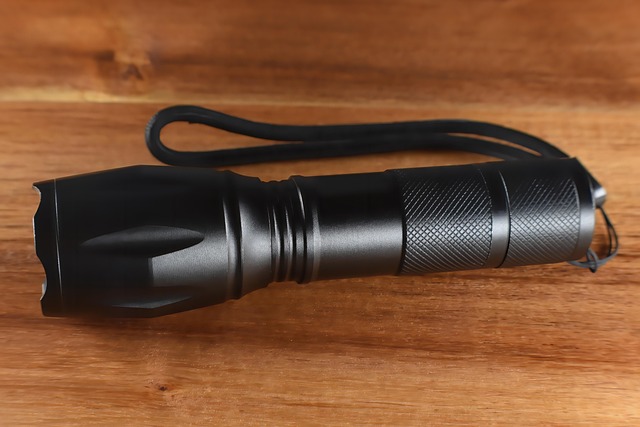Why Input Voltage Matters for Engine Performance
When it comes to engines, especially in both automotive and industrial applications, the term input voltage might seem like a technical detail best left to engineers. However, understanding input voltage is crucial for anyone interested in optimizing engine performance. It’s more than just numbers on a meter – it’s about ensuring your engine runs smoothly, efficiently, and reliably.
The Heartbeat of Engine Functionality
Think of input voltage as the heartbeat energizing your engine. Whether you’re dealing with electric starter motors, fuel injection systems, or advanced electronic control units, the correct input voltage ensures that every component operates within its ideal parameters. When voltage is too low, engines may struggle to start or run inefficiently. When it’s too high, components can overheat or become damaged.
Achieving Peak Efficiency Through Voltage Management
Optimizing engine performance isn’t just about raw power—it’s about precision. By maintaining the right input voltage, you minimize energy losses and reduce stress on electrical components. This balance translates to better fuel economy, lower emissions, and enhanced longevity of your engine parts. It’s a winsome reminder that sometimes small technical adjustments can lead to big performance gains.
Real-World Impact of Input Voltage Variations
Consider a scenario where fluctuating input voltage causes inconsistent spark timing in an internal combustion engine. This can result in rough idling, misfires, and decreased acceleration. Similarly, in electric engines, voltage instability can lead to erratic motor speeds and inefficient power delivery. Understanding and controlling input voltage helps you prevent these issues before they affect your engine’s reliability.
Tips for Monitoring and Adjusting Input Voltage
- Use a reliable voltmeter: Regularly check the input voltage to ensure it remains within the manufacturer’s recommended range.
- Maintain battery health: For combustion engines, a healthy battery supplies steady voltage for starting and electronics.
- Inspect alternators and regulators: Components that manage voltage output are critical to stable engine performance.
- Invest in voltage stabilizers: These devices can help maintain consistent input voltage, especially in environments with electrical instability.
Embracing the Role of Input Voltage for Engine Enthusiasts
For those passionate about engines, whether as mechanics, racers, or hobbyists, embracing the nuances of input voltage can be empowering. It bridges the gap between understanding and mastery, turning a simple electrical concept into a tool for optimized performance. With this knowledge, you’re equipped to fine-tune your engine’s behavior and keep it running at its absolute best.




